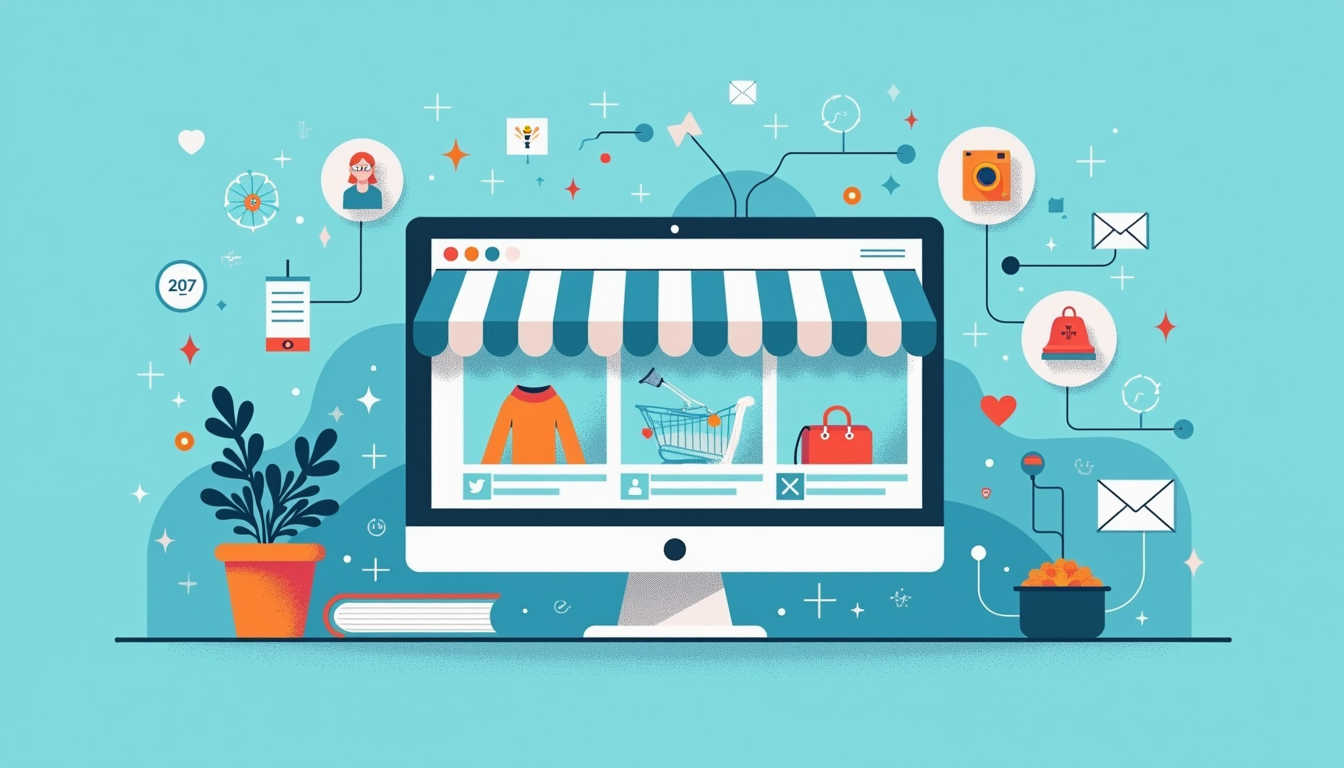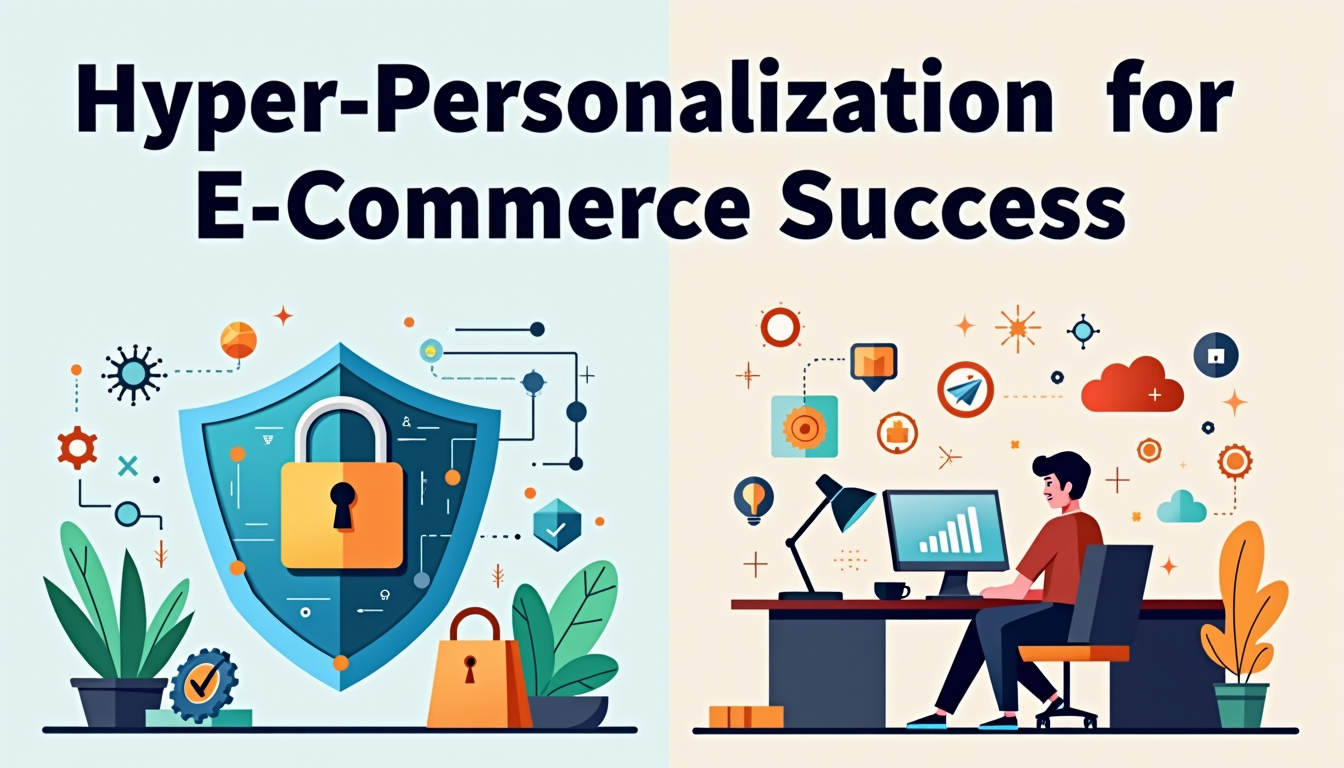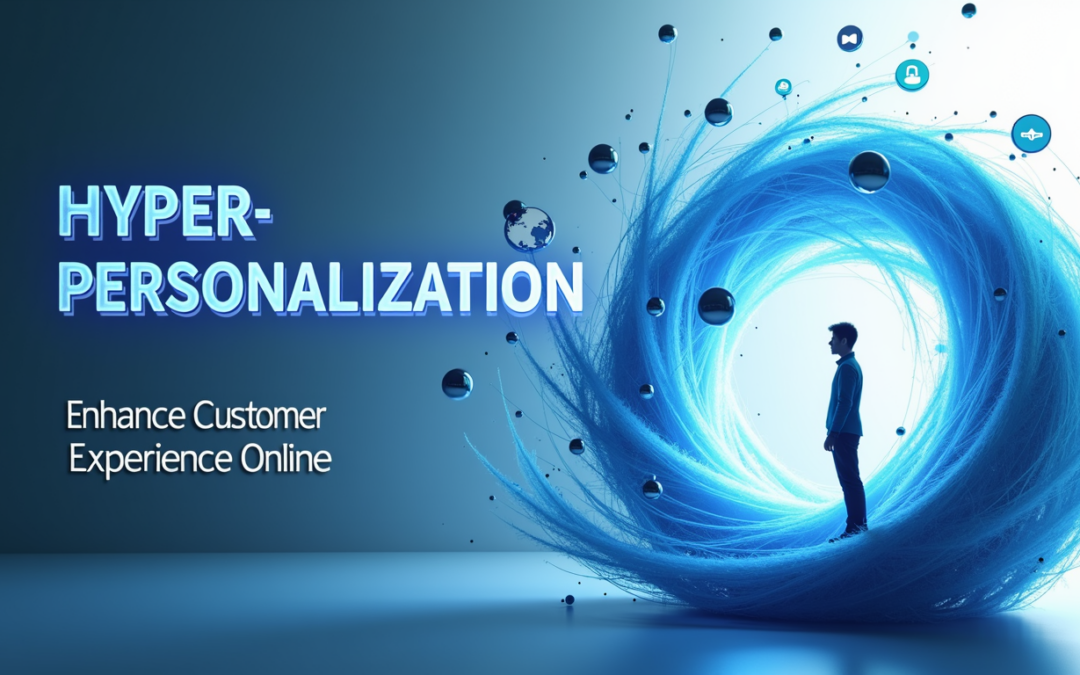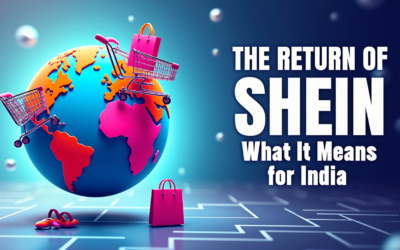Hyper-Personalization: Enhance Customer Experience Online
Introduction:
In India’s fast-growing e-commerce market, standing out can be hard. With so many online stores, how can your business catch a customer’s eye? The key is hyper-personalization. This strategy uses data and technology to create a shopping experience that feels special to each customer.
Giving personalized recommendations and special offers can enhance customer experience. This approach can also boost sales and create lasting customer relationships.
In this blog, we will explain how hyper-personalization works. We will discuss why it is important for Indian e-commerce businesses. Finally, we will show you how to use it to grow your online store.
What is Hyper-Personalization?
Hyper-personalization is all about making the shopping experience feel personal to each customer. It goes beyond showing them their past purchases. Businesses can use real-time data, customer feedback, and machine learning.
This helps them recommend products and offers. These recommendations match what customers currently like.
For example, if a customer often buys skincare items, they will see recommendations for new skincare products or discounts on related items. By using this approach, you create a shopping experience that feels tailor-made for each person.

Why Hyper-Personalization is Important for Indian E-Commerce
India’s e-commerce market is booming. But with millions of people shopping online, competition is high. Here’s why hyper-personalization is important for Indian businesses:
- Cultural Diversity: India has many different cultures, preferences, and tastes. By offering personalized recommendations, businesses can cater to each customer’s unique needs.
- Mobile Shopping: More Indians are shopping on their smartphones. Providing personalized shopping experiences across mobile platforms can help businesses connect with customers.
- Building Trust: Customers want to feel understood. When businesses offer personalized experiences, it helps build trust. Trust leads to repeat purchases and loyal customers.
- Increased Competition: As more businesses go online, it’s essential to stand out. Hyper-personalization helps your store feel different from others, attracting more customers.
Benefits of Hyper-Personalization for Indian E-Commerce
- Customers are more likely to interact with your store when they find products that interest them. This leads to increased customer engagement. Personalized recommendations keep them browsing and more likely to buy.Tip: Use customer data like browsing history and past purchases to show relevant products. Send emails with personalized offers that match what customers like.
- Higher Conversion Rates When customers see personalized offers, they’re more likely to make a purchase. For example, if someone often buys clothing, showing them matching accessories might lead to a sale.Tip: Offer time-limited discounts or deals on products customers have viewed or added to their cart.
- Better Customer Experience Personalized experiences make shopping easier. Customers don’t have to search through hundreds of products to find what they want. This leads to a smoother and more enjoyable experience.Tip: Make sure your website allows customers to filter products. This should be based on their preferences or past browsing. It will help them save time and effort.
- Building Brand Loyalty When customers feel valued, they’re more likely to return. Hyper-personalization builds trust and emotional connections, leading to loyal customers who come back for repeat business.Tip: Offer loyalty programs that reward repeat customers with personalized discounts or early access to new products.
- Increased Revenue and Long-Term Growth By offering a more personalized experience, businesses can drive higher sales. Loyal customers will keep returning, and they’re more likely to recommend your store to others.Tip: Use customer data to create targeted marketing campaigns. Segment customers based on their preferences to send them offers that are relevant to them.

How to Implement Hyper-Personalization in Your E-Commerce Strategy
- Collect and Analyze Customer Data To personalize the shopping experience, you need to gather data. This includes customer browsing behavior, past purchases, and social media activity. This data helps you understand your customers and make better product suggestions. Tip: Use CRM systems and analytics tools to track customer behavior and build detailed profiles.
- Use AI and Machine Learning AI and machine learning help businesses analyze customer data quickly and accurately. These technologies can suggest products that customers are most likely to buy based on their preferences. Tip: Add AI-powered recommendation engines to your website or app to suggest products in real-time.
- Create Personalized Email Campaigns Email marketing is an effective tool to engage customers. Personalizing emails based on customers’ past purchases or browsing history can increase the chances of them buying. Tip: Segment your email list by customer behavior and send personalized offers or reminders for abandoned carts.
- Use Social Media for Personalization Social media allows businesses to connect with customers in a personal way. By tracking social media activity, you can create ads that are highly relevant to each customer. Tip: Use social media analytics to create personalized ads. Focus on customers’ interests and demographics to show them products they’ll love.
- Optimize Your Website and App for Personalization Your website and mobile app should provide a personalized shopping experience. From product recommendations to tailored offers, make sure each interaction is customized. Tip: Invest in a good user experience (UX) design for your website. Customers should find personalized recommendations easily, and the checkout process should be simple and quick.

Challenges of Hyper-Personalization
- Data Privacy Concerns Customers may worry about how their data is used. It’s important to be transparent about how you collect and use data. Tip: Make sure customers know how their data is being used. Follow local data protection laws and ensure their privacy is respected.
- Technical Complexity Implementing hyper-personalization requires technical tools and expertise. Small businesses may face challenges with this. Tip: Partner with tech providers who specialize in AI and machine learning. This can help you implement personalization more easily.
Conclusion: Hyper-Personalization for E-Commerce Success
In India’s competitive e-commerce market, hyper-personalization is a key strategy for success. By using customer data, AI, and machine learning, businesses can create personalized shopping experiences. This leads to better customer engagement, higher sales, and stronger brand loyalty.
Hyper-personalization can help your business grow and stand out. It does this through personalized product recommendations, targeted email campaigns, and social media ads.














